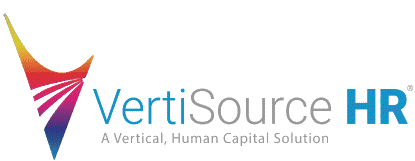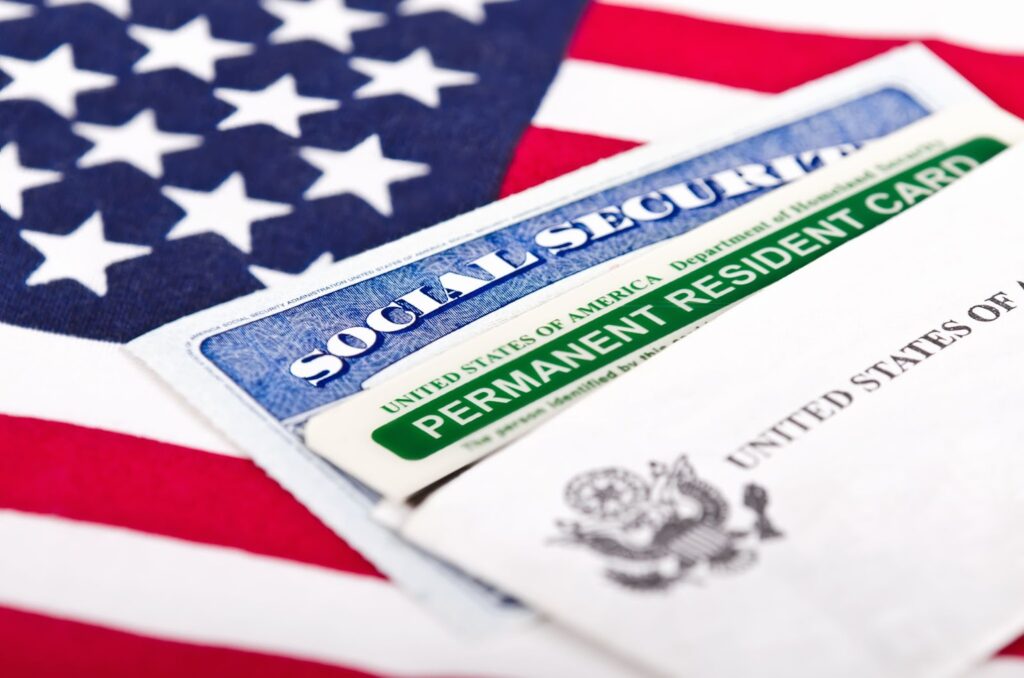Jan 23rd, 2023
Form I-9 is the first introduction to the world of immigration & work authorizations. The U.S. immigration laws focus on employers enforcing these laws. When a new hire begins, employers inspect official documents and verify the employee’s legal status. Individuals in the U.S. & authorized to work can begin clocking hours once they’ve established their legal right to work. Anyone without a valid document listed on the I-9 cannot work.
The I-9 is picky. Employers need to personally inspect the document. They decide whether they are real or fake. The Department of Homeland Security is working to implement a new program for individuals brought to the U.S. as children and who have stayed into adulthood. To make it easy on you, we’ve prepared a short guide to immigration and the I-9 process.
Six Immigration Categories
U.S. Citizen: All citizens of the United States are authorized to work in the country except children. U.S. citizens are defined as individuals who were born in the country or territories of said country. Proof of citizenship documents is birth certificates or a passport. Naturalized citizens provide their naturalization certificates.
Green Card: those who are non-citizens and are granted permanent immigration are considered green card holders. This document includes the right to work as any other citizen can work except for national security exceptions.
Temporary Non-Immigrant: Individuals with expired visas fall into this category. They are required to vacate the country when it expires.
Deferred Action for Childhood Arrivals (DACA): Individuals who arrived when they were children, without legal permission, and stayed into adulthood are authorized to work through Obama-era executive orders.
Refugees and Asylum seekers: This category includes two subcategories, International law, and INA. Both subcategories include the right to work.
Be attentive to work authorizations
INA provides protection against discrimination. It is illegal for employers to discriminate based on citizenship status.
The Department Of Justice (DOJ), an enforcer of the INA, states employers cannot use the future expiration date of an INA work authorization as a reason to reject or terminate employment. That is illegal. The DOJ goes after employers who hire citizens over applicants with work authorizations. Reports show American Express, KPMG & Edward Jones paid fines for violating the INA.
How to use the I-9?
The instructions explain to employers how to inspect documents and how to inquire about other names the employee might have had.
The new employee:
- Provides a full name & other names used on documents, such as an address.
- Provides the date of birth and social security number
- Will check the correct immigration status box
- U.S. Citizenship
- Noncitizen national
- Those who check this box provide further documentation that permits the right to work.
- Lawful permanent resident
- Alien authorized to work
Within the first three days of work, the employee must provide legal documents to the employer related to their immigration or citizenship status. Employers take copies of these documents for future reference.
DHS I-9 Flexibilty
After the pandemic, employers are not required to meet in person to review the documentation. Now, employees can fill out the form remotely. This approach is set to end on July 31, 2023.
Remote verification:
- If the new hire reports in person, to the company, on a regular basis, employers must continue to review documents in person.
- If new hires are remote, employers are exempt from reviewing the documents in person. This can include e-mail, video technology, fax machines, or an upload process.
DHS proposal to permanently include a remote review of documentation
The proposal states:
- The Secretary of Homeland Security can integrate alternative options for examining documents.
- Alternatives can apply to some or all employers. Factors such as fines, e-verify program, full-time telework, and immigration violations will be considered.
- Pilot programs test the security of remote document examination.
- DHS can approve temporary alternatives when public health emergencies arise &
- DHS can allow employers to choose the alternative examination process.
Furthermore, DHS is exploring the possibility of employer training requirements for those who’d like to continue remote document examination. A 30 to the 60-minute training video on identifying fake documents remotely is being considered.


